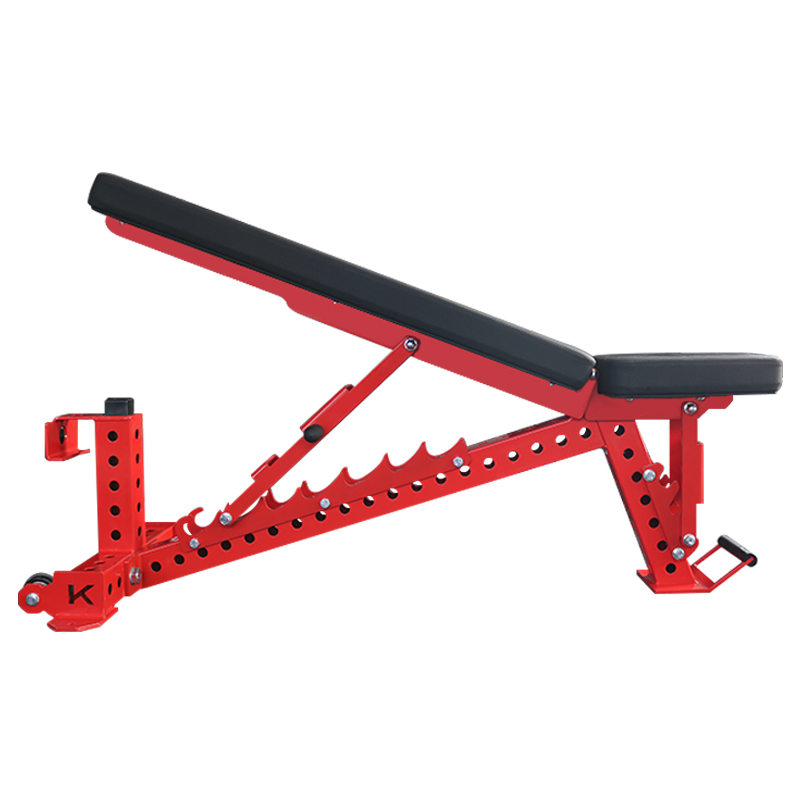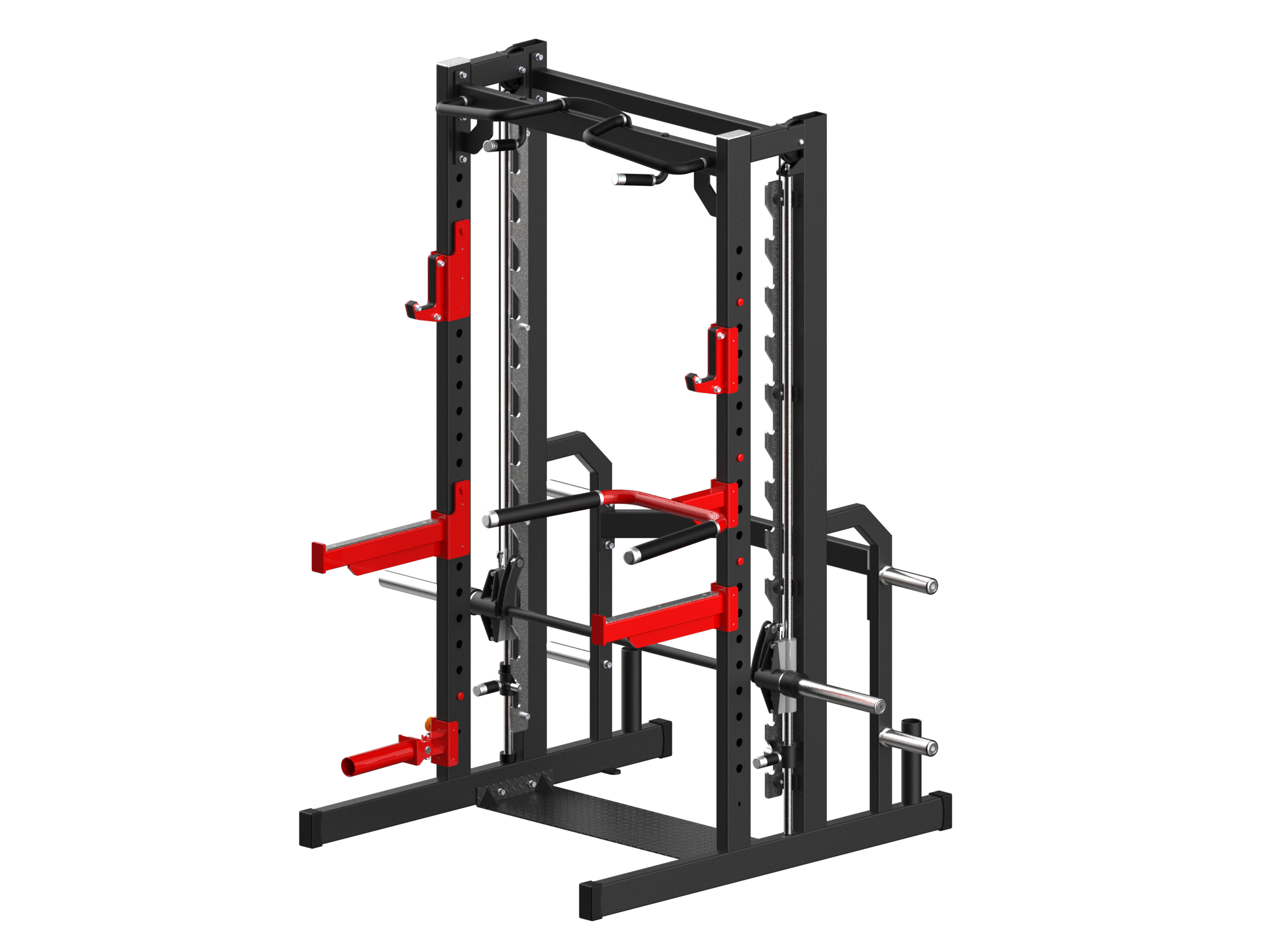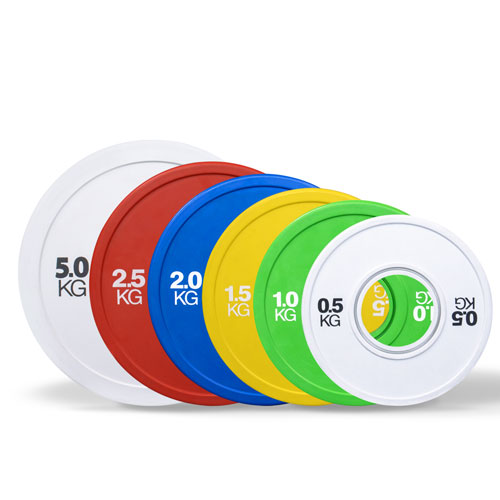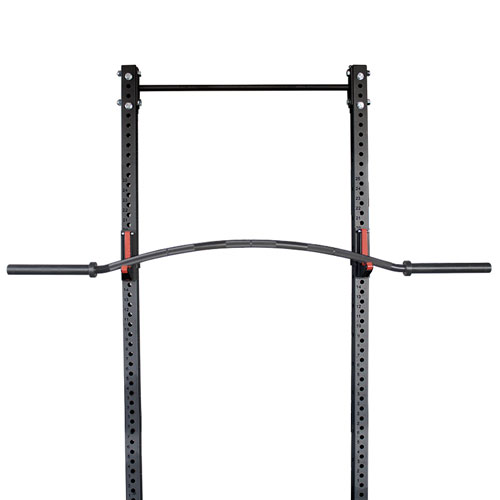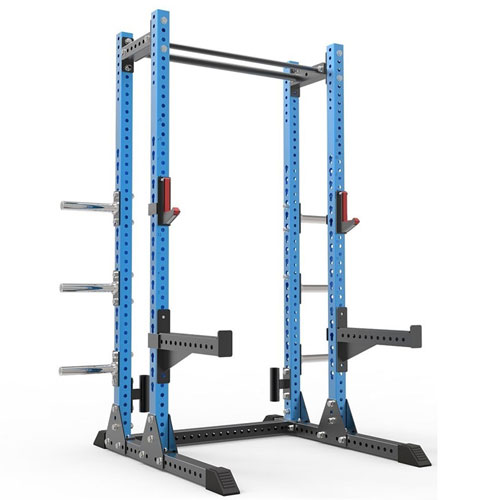5 Chleachtadh chun Do Staidiúir a Fheabhsú agus Péine a Laghdú
Tá daoine ceaptha bogadh. Tá sé ceaptha dúinn seasamh díreach. Tá sé ceaptha dúinn siúl lenár gcinn ard.
Ach áit éigin ar an tslí éabhlóideach seo, chuir duine éigin ríomhaire ar an mbord os ár gcomhair agus chuir sé fón inár lámha. Agus thosaíomar ag caitheamh uaireanta cromtha. Tá ár smig, a bhíodh achar réasúnta ónár scornach tráth, tosaithe ag claonadh isteach. Tá ár ngualainn cromtha; tá ár ngluaiseachtaí ag athrú.
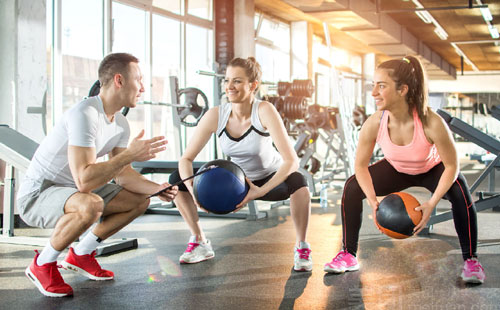
Nuair a lúbann ár gcinn — a mheáchan thart ar 10 bpunt — ar aghaidh, méadaíonn sé sin an brú ar ár ndromlaigh suas le 60 punt. Ní haon ionadh go bhfuil go leor againn ag déileáil le cailliúint mais muscle, le droch-staidiúir, agus le riosca méadaithe díobhála. Tugann fiseolaithe Siondróm Trasnaithe Uachtarach agus Íochtarach ar an riocht a eascraíonn as sin.
Ar ndóigh, is féidir le ranganna aclaíochta Orangetheory cabhrú le dul i ngleic leis na rudaí seo chomh maith le go leor rudaí eile a chuireann isteach ort sa lá atá inniu ann. Is é an rud is tábhachtaí ná an móiminteam ó na 60 nóiméad sin a thabhairt leat isteach sa chuid eile de do shaol.
Ciallaíonn sé sin tús áite a thabhairt don ghluaiseacht i rith an lae, díreach mar a phleanálann tú béilí sláintiúla agus a chaitheann tú am le do mhuintir. Má dhéanann tú amhlaidh, beidh tú i bhfad níos fearr agus beidh níos mó fuinnimh agat le haghaidh tascanna laethúla.
Cuireann Aaron Santiso, teiripeoir fisiceach agus ball den bhord comhairleach leighis ag Orangetheory, na gnáthaimh síneadh seo ar fáil chun cabhrú linn fanacht láidir, ailínithe agus ina seasamh go hard i rith an lae. Tá cuid de na síneadh a mholann sé chomh héasca sin go bhféadfá smaoineamh, “Conas is féidir leis seo cabhrú?” Muinín a bheith agat as an eolaíocht. Déanann sé.
The name: Upper trapezius stretch
The target: The muscles in your upper back that help you raise your arms.
The reason: When you lift your arms, one shoulder may seem higher than the other. “Your body may be compensating during this movement pattern due to a muscular imbalance and weakness inside your shoulder,” Aaron says.
The method: Sit tall on a chair, grasping the edge of the seat with your right hand. Slowly bend your neck toward your left shoulder, using your left hand to direct your head. Be sure to keep your right shoulder pressed down. Stop when you feel a comfortable pull on the right side of your neck. Hold for 20 seconds; return to starting position and repeat on the left side. Aim for five stretches on each side, whenever you feel the need.
The name: Levator scapulae stretch
The target: If you know even pidgin Latin, you can translate this as raising the scapula — the shoulder blade, the bone that connects the upper arm and the collarbone.
The reason: Like the previous exercise, this helps keep your neck from taking over movements designed for your shoulders.
The method: Again, sit tall in a chair, holding onto the right side of the seat with your right hand. With your left hand on top of your head, tilt your chin toward your left armpit. Keep your posture straight, stopping when you feel a comfortable pull in the back of your neck. Repeat on the left side, holding each stretch for 20 seconds, for a total of five times on each side.
The name: Open-clam exercise
The target: This especially helps alleviate Upper Crossed Syndrome, which is discomfort in the neck, shoulders, chest, mid-back, elbows and wrists. It starts when we hunch over our computers and follows us into the gym, causing poor form and leading to more discomfort.
The reason: Who wants rounded shoulders, a collapsed chest, and a chin that juts out? Do this exercise two or three times a week to bring your center of gravity in line with your body.
The method: Lie on your side, knees bent at 90 degrees. Rest your head on one arm; with the other, hold your hip to keep from rolling your body. Lift your top knee an inch into the air, lower, and repeat. This targets the gluteus muscle, which helps stabilize knees, lower back and pelvis. Aim for four sets of 25 to 35 reps on each side, three or four times a week.
The name: Sideline external rotation
The target: Your shoulders and neck, so you can stand and sit tall without slouching.
The reason: Who wants bad posture? (We’re not seeing any hands being raised here!)
The method: Lie on the floor on your right side, supporting your head with your right hand or with a couple of pillows. With your left elbow at a 90-degree angle, hold a weight no heavier than five pounds in your right hand (any heavier and it could negatively affect your rotator cuff).
Ardaigh an dumbbell go mall go dtí díreach os cionn airde na n-uillinn, ag coinneáil an uillinn 90 céim sin agus an dumbbell á choinneáil comhthreomhar leis an urlár. Déan é seo 15 go 25 uair; déan arís ar an taobh eile. Déan iarracht é seo a dhéanamh trí nó ceithre huaire sa tseachtain.
The name: Hip flexor stretch
The target: The muscles basically responsible for lifting your legs and knees toward your body.
The reason: This counteracts the stiffness that develops when we sit too much, which the average American does for 13 hours a day. Sitting shortens these muscles and can bring about lower back pain, so stretching them is imperative.
The method: Start in a kneeling lunge position, right knee bent at a 90-degree angle over the ankle, left knee on the ground, weight evenly distributed to both legs. Draw in your navel. With hands on your hips, slowly move your body forward till you start to feel a stretch in your left leg.
Chun stráice níos doimhne a dhéanamh, ardaigh an lámh ar an taobh atá á shíneadh agus cas do chorp ar an taobh sin. Coinnigh ar feadh 30 soicind; déan arís ar an taobh eile. Sin tacar amháin; déan ceithre cinn eile, ag brú na matáin ar gach taobh atá á shíneadh. Déan iarracht nós laethúil a dhéanamh de seo.
Seo roinnt leideanna eile chun leanúint ar aghaidh ag gluaiseacht (seachas do sheisiúin aclaíochta Orangetheory, ar ndóigh), fiú má oibríonn tú ag deasc agus má shuíonn tú an chuid is mó den lá. An bhfuil siad cabhrach? Roinn iad le do thoil; tar éis an tsaoil, táimid uile sa ghluaiseacht seo le chéile.
1. Bain úsáid as an leithreas ar urlár eile.
2. Déan brú-suas cuntair nó tumthaí trícheann agus tú ag fanacht le do chaife a aththéamh.
3. Gach 30 nóiméad, seas suas. Ansin suí síos. Ansin seas suas leathbhealach; fan ar feadh 10 soicind, ansin seas suas an bealach ar fad. Suigh síos arís. Cuimhnigh go gcuireann gach nóiméad le do thoil.
4. Nuair a shuíonn tú, ardaigh an dá chos den urlár. Coinnigh ar feadh 10 soicind, nó 15, nó 30. Déan arís i rith an lae.
5. Téigh amach chomh minic agus is féidir leat. Is féidir le cúpla nóiméad san aer úr do bhrú fola a ísliú agus míorúiltí a dhéanamh do do ghiúmar.
6. Coinnigh liathróid ag do dheasc. Ó am go ham, cuir idir do rúitíní í. Dírigh do chosa; coinnigh ar feadh cúpla soicind, ansin lúb iad.
7. Hiodráitigh. Ná bí riamh gan do bhuidéal uisce. Líon é ar urlár difriúil, ag glacadh dhá chéim ag an am.

